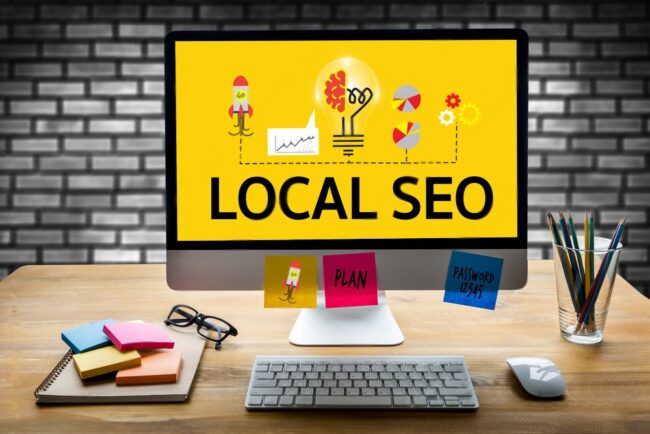Salt Lake City, a vibrant hub amidst beautiful landscapes, offers a promising location for businesses to thrive. However, that can be easier said than done. After all, many factors contribute to the rise or fall of a business. One of these factors is the strength of a business’s online presence.
You must be active and visible online to succeed in this digital age. And one crucial way to achieve this is to have a great website. But beyond that, this website should be search engine optimized. SEO (Search Engine Optimization) aims at improving your website’s visibility on search engines like Google, Bing, and Yahoo. This will enable you to thrive even when entering a new industry.
This article will explore the steps in creating and optimizing a website for search engines.
Steps in Creating a Website for SEO in Salt Lake City
Building and optimizing a website for Salt Lake City SEO requires much effort and resilience. Some of the steps to take when doing this are:
#1. Planning and Research
Determine the purpose of your website – whether it’s to sell products, share information, or offer services. Then, identify your target audience and what they’re looking for. You also need to find out how they search for information related to your business or content.
In addition to that, it’s essential to research and identify relevant keywords and phrases. For context, keywords are words or phrases your audience uses to search for content relating to your business or industry.
#2. Choose a Domain Name and Hosting Provider
Select a domain name that’s relevant to your brand, easy to remember, and has relevant keywords. Then, choose a reliable hosting provider that ensures your website is accessible, secure, and offers good uptime.
#3. Design and Development
Create a user-friendly and visually appealing design. Ensure the website is responsive and mobile-friendly for seamless viewing across devices.
For content management systems (CMS), opt for CMS like WordPress, Wix, or Squarespace. These kinds of CMS simplify content management and allow for easy optimization.
Once you’ve set up your website, start creating high-quality, relevant, and engaging content. This includes text, images, videos, and other multimedia elements.
#4. On-Page SEO
Strategically use relevant keywords in your content, including titles and headings. These keywords should also be in your meta descriptions and throughout the body of your pages.
However, your meta titles and descriptions should also be compelling beyond having keywords. They should accurately represent the content on each page.
Moreover, you can optimize images by using descriptive filenames and alt text. This helps search engines to understand the content.
#5. Off-Page SEO
Acquire high-quality backlinks from reputable and relevant websites. You can do this through content creation, guest posting, or collaborations. Furthermore, optimize for local SEO if your business serves a local audience. This involves claiming and optimizing your Google My Business listing. It also ensures consistent NAP details (Name, Address, Phone number).
#6. Site Structure and Navigation
Organize your website into logical sections and ensure a straightforward navigation structure for users and search engines. Additionally, link related pages within your website to help users navigate between pages. This also helps search engines understand the hierarchy and relationships between pages.
#7. Monitoring and Optimization
Use tools like Google Analytics and Google Search Console to monitor website traffic. These tools are also great for tracking user behavior, keyword rankings, and other vital metrics.
In addition, regularly analyze data and make necessary adjustments to improve website performance. This involves tweaking content, fixing broken links, and improving page load speed.
#8. Mobile Optimization
Ensure that your website is optimized for mobile devices. This is because a significant portion of users access websites through mobile devices.
#9. Security and Speed
Implement security measures to protect your website from cyber threats. Use SSL certificates for secure browsing. Furthermore, optimize your website’s speed by reducing image sizes, enabling browser caching, and minimizing unnecessary scripts.
#10. Continuous Improvement
Keep up with SEO trends in Salt Lake City and algorithm updates to adapt your strategies accordingly. Furthermore, perform regular audits, updates, and improvements to keep your website and SEO efforts up-to-date and effective.
Conclusion
Following the proper steps and continuously refining your approach are essential to successful Salt Lake City SEO results. You can create a website that ranks well on search engines based on performance metrics and user behavior.
